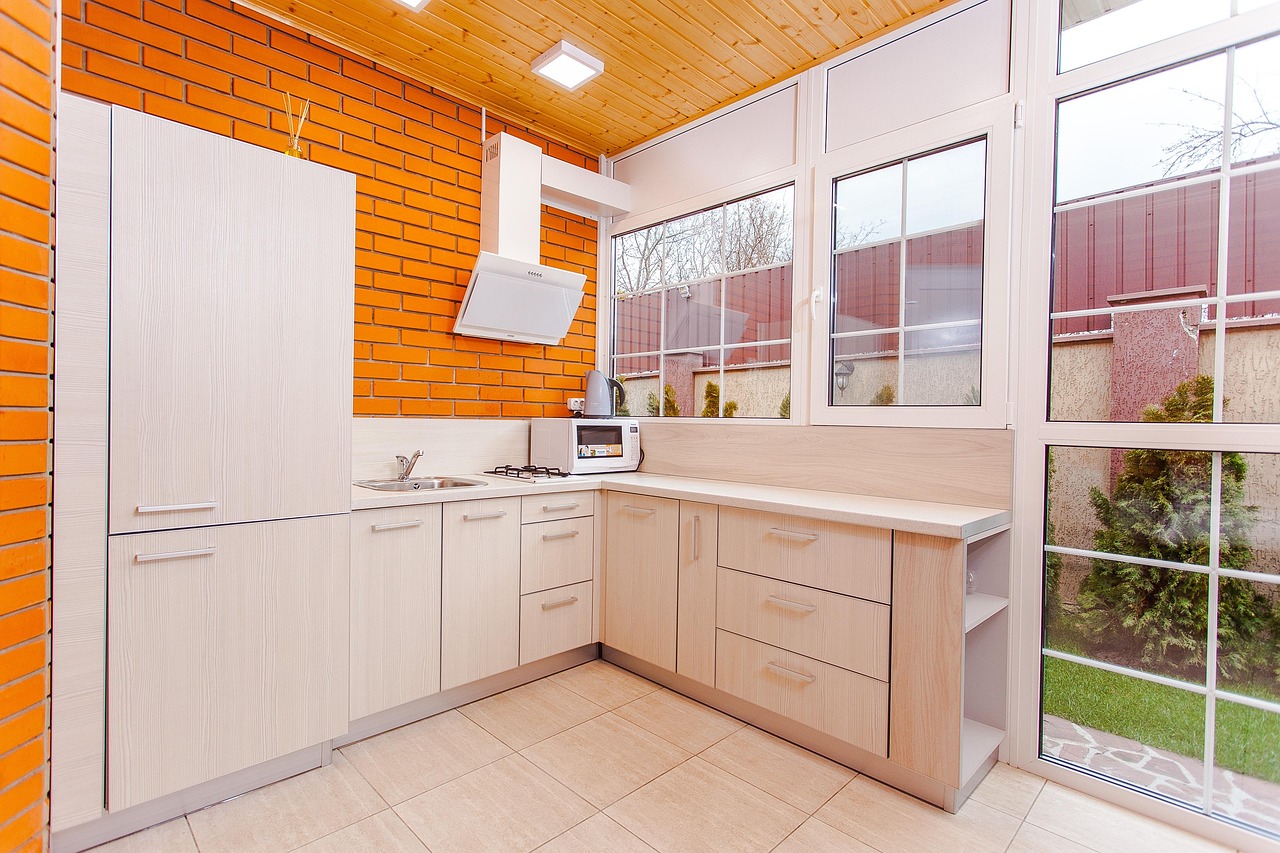Quite Often, we are asked about the differences between thin film solar panels and the monocrystalline ones especially when it comes to the home solar power grid connection and how they impact on the life of the solar panels. When you are thinking about buying solar film panels but you are a bit confused about which one to go for, these differences should clear things up for you.
1. Ease Of Installation
As compared to monocrystalline solar panels, some thin-film panels require more mounting rails and also take a bit longer to install. Although they are cheap, thin-film solar also needs a lot of space to install. Remember, for the same amount of space, some monocrystalline solar panels produce up to four times the amount of electricity as the thin-filmed ones.
2. Embodied Energy
Although thin films provide a lower embedded energy power panel, they need several panels. This is true especially given the extra mounting rails that are needed. Embodied energy generally means the amount of energy required to manufacture and supply the product.
3. General Performance
Although some companies use data and impressive graphs to show you how thin film solar panels are superior, most of this data originates from the 90s which is over 20 years old. Like any technology, solar panels have rapidly changed and this includes the performance of monocrystalline panels. Although there are areas where monocrystalline panels are highly recommended, there are instances where thin film panels work better.
4. Tempered glass vs. Flat plate
In many thin films designs, the panels cover plate of glass. You may also find this design in low quality monocrystalline panels. This is very much inferior to the tempered glass both from durability and the safety aspect. This means that if you are looking for tempered glass, then you need to choose high-quality monocrystalline panels.
5. Durability
While monocrystalline technology has been there for a long time, the thin film is a relatively new technology. Having been available since the 1970s, monocrystalline panels are still cracking out power up to today. As a matter of fact, they have even withstood the rigors of space travel. This is contrary to the thin film technology which is yet to prove itself. If you are considering the life circle of a solar panel then you are better off with monocrystalline panels.
Bottom-line
When it comes to choosing the best solar film panels for your home or business premises, some of the things to consider include the ease of installation, durability, and performance. Most of these are highlighted above. However, the overall decision generally depends on the customers’ tastes and preferences.







